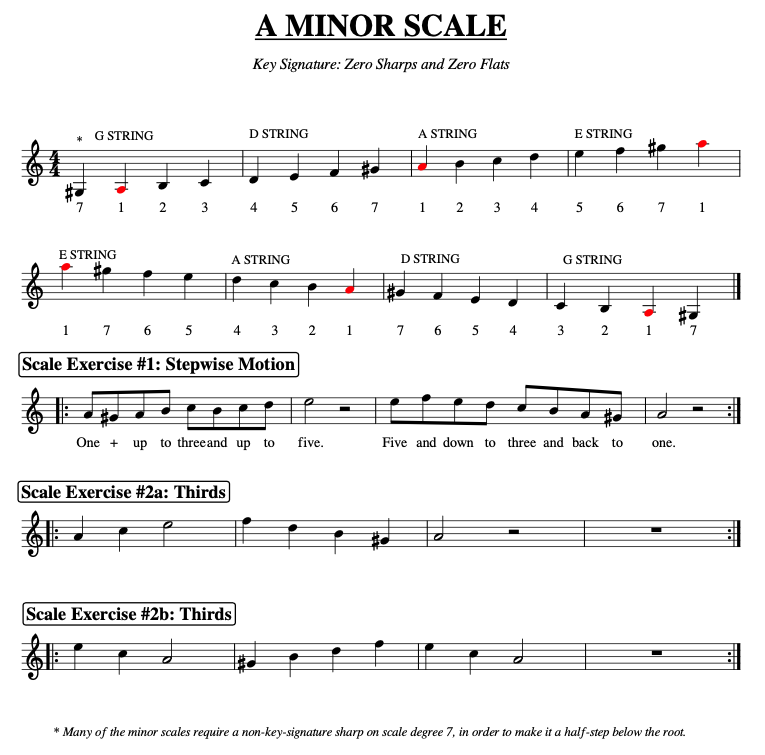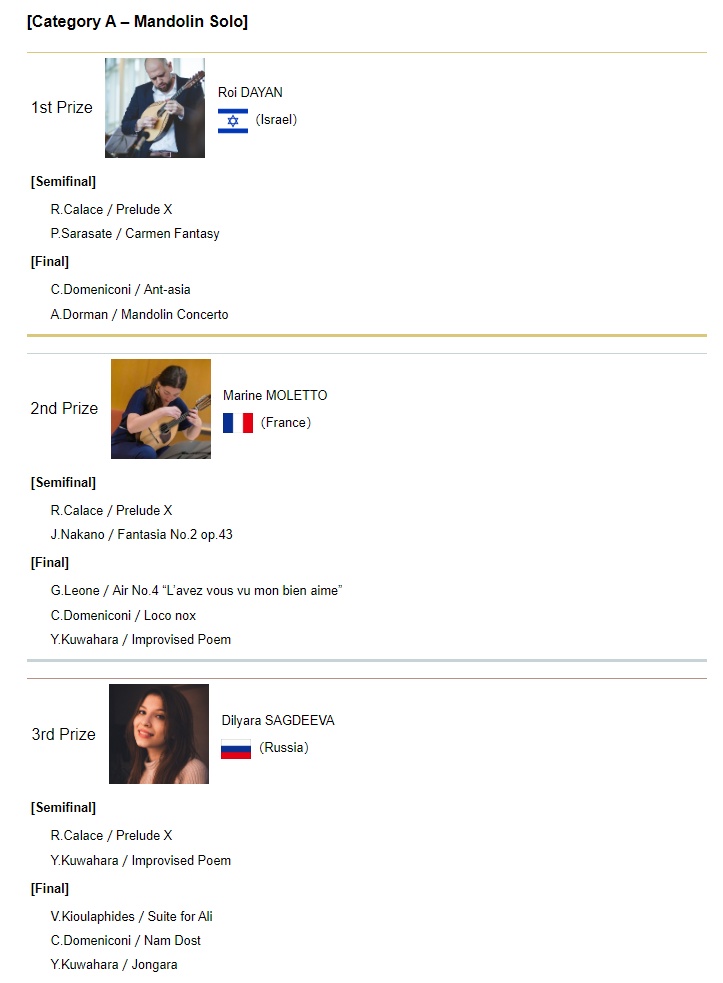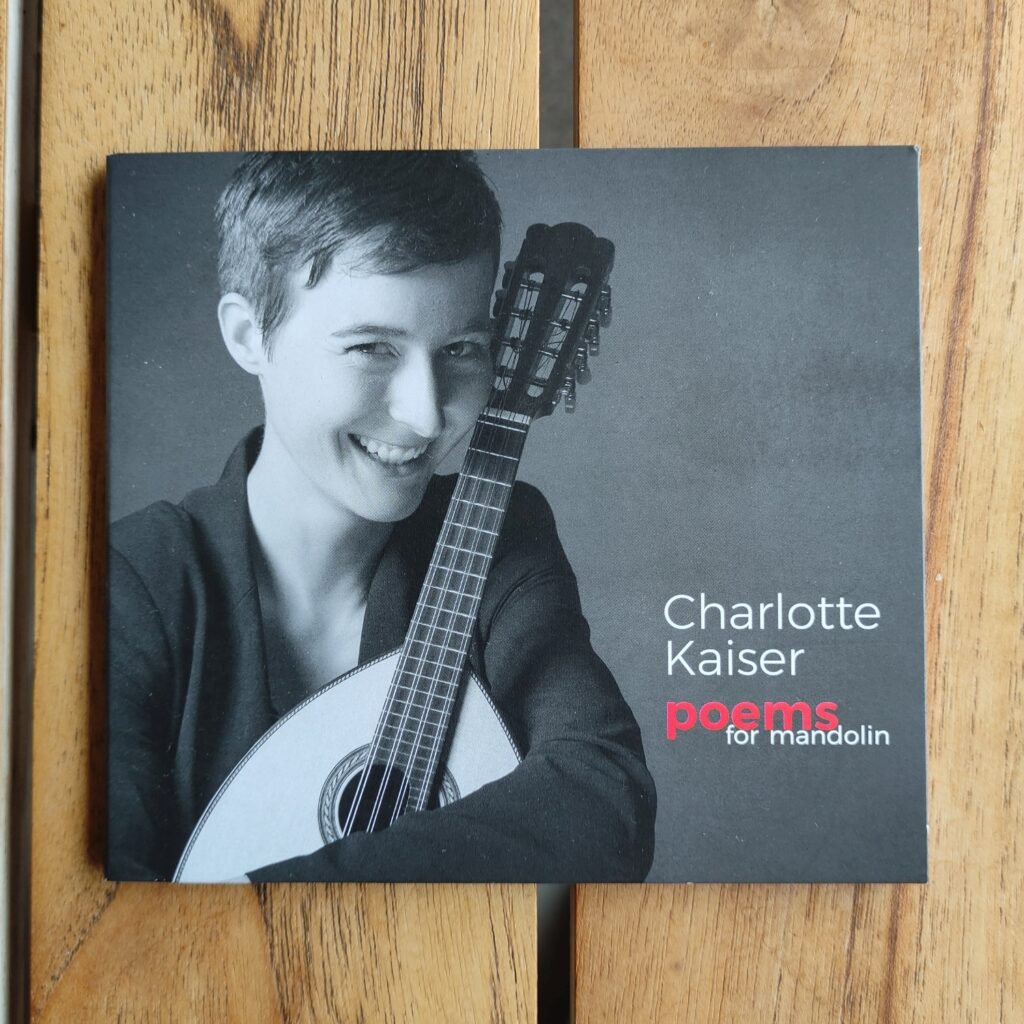Major Chords – In an earlier lesson, I likened the musical notes to simple bricks with which all kinds of musical architecture could be built. (Hey, maybe that’s why hitting a sour note is like the sonic equivalent of a brick falling on my toe!)
Up to this point we’ve studied single musical notes, the most basic building blocks of music, and with single notes we’ve built one of the most important and basic musical structures, the major scale. With these basic concepts, there are two ways to build further: We can use single notes to create a musical tune (melody), or we can find several notes that sound interesting together and form chords with them (harmony).
In this lesson, we will introduce the idea of harmony by constructing some major chords.
The Key
First though, let’s talk about the concept of a musical key. When we construct a major scale, we pick a starting note – a root (also called tonic) – from which to ascend to form the major scale. This root note is what defines the key. So when we work with the key of A Major, we are working in the A Major scale. If we base our work on the C Major scale, then the key is C Major. We have said earlier that a piece of music is generally not based on all the 12 notes of western music. We narrow that down to a usable scale, and the scale becomes the key to that piece of music.

Example: The key of C Major is based on the C Major scale. The musical note “C” is the tonic (also called the root note).
Harmony
Harmony has to do with getting along together. In music, this means putting sounds (notes) together that get along well – they are pleasing to the ear because they complement each other. In this lesson, harmony means using the key scale to narrow down the notes to even fewer than all seven notes of the scale. In a melody, you don’t just play all the notes of a scale as a matter of course; rather, you choose one note at a time and arrange the ones you want to make a pleasing tune. In harmony, you can’t just play all the notes of a scale at once if you want your music to sound good; we have to find the right notes that go together to make pleasing chords.
Diatonic Harmony
In Western music, the most common and generally most pleasing system of harmony is called diatonic harmony, and it is a guide to show us which chords naturally go with a given key. Any major key will have major chords, minor chords and one diminished chord in its diatonic harmony scheme. These chords follow a simple pattern, just as the intervals of a major scale follow a simple pattern. We will learn more about diatonic harmony patterns in a later lesson, so don’t trouble yourself much about this explanation. For now, we are concerned only with major chords. The root note of a major musical scale or key is the 1st degree (because it’s the first note), and so the I. chord of a Major key will be a Major chord.
Major Chord Names
Chords have names based on the root note of the chord; example, the G Major chord has G as its root note. Chords also have names based on numbers. The numbers are taken from the scale degree where the root of the chord is found. In the system of music theory that I teach, chord numbers are given in roman numerals.
This chart gives us all the notes found in the key of G Major, along with chord names and chord numbers for the major chords that are found in the key of G:
| Scale degree | Note name | Chord number | Chord name |
| 1 perfect unison |
G | I. | G Major |
| 2 major second |
A | ||
| 3 major third | B | ||
| 4 perfect fourth | C | IV. | C Major |
| 5 perfect fifth | D | V. | D Major |
| 6 major sixth | E | ||
| 7 major seventh | F# | ||
| 8 perfect octave | G | I. | G Major |
Study the chart above carefully. If you are new to music theory, you won’t understand everything about it yet – but chances are you’ve already heard somebody talk about the importance of the I – IV – V chords in songs, and as you can see from this chart, in a major key these are all the Major chords of diatonic harmony. Maybe you’ve even heard the terms “perfect fourth” and “perfect fifth” – see how they relate to the Major chords of the major scale? Don’t worry about what all the labels for each degree above mean just yet. It’s important to understand this part: The 1st note of a major scale is the root note for the I chord of that key, and the 4th note of a major scale is the root of the IV chord of that key, and the 5th note of the major scale is the root of the V chord of that key. So for the key of G Major, the I chord is a G Major chord, the IV chord is a C Major chord and the V chord is a D Major chord.
The Triad: Stacking Notes To Build Major Chords
A triad is a three note chord. A major triad is the set of three notes required to make a basic major chord. The major chord triad is built by stacking three notes together in harmony, and the notes are taken from the major scale that is based on the root note of the chord. We’ll illustrate how this works by building each of the three Major chords found in the key of G (see the table above).
G Major Chord (I)
In the key of G, the I Chord is G Major. A major chord triad stacks the root (1st), the 3rd and the 5th notes from the scale that is named for the root of the chord; in this case, the G Major Scale, shown below in two octaves.
G – A – B – C – D – E – F# – G – A – B – C – D – E – F# – G
The 1, 3 and 5 notes of the G Major scale are G – B – D ~ So, on any musical instrument, when the notes G, B and D are played together, they make the pleasing sound of the G major chord. Here is a common way to play G major chord on the piano using four fingers:

And here is a common G major chord fingering for the mandolin:

C Major Chord (IV)
In the key of G, the IV Chord is C Major. The reason that C is the IV chord in the key of G major is because the note “C” is the fourth note in the G major scale. The IV chord can be found by building a triad, three notes, starting on the fourth note, “C”, and adding every other note – that is, add a note, skip a note, add another, until you have the three notes of the triad, as diagrammed below.
G – A – B – C – D – E – F# – G – A – B – C – D – E – F# – G
Stacking these three notes from the key of G major gives us a C Major chord, which consists of the notes C, E and G. When those three notes are played together on a musical instrument, they result in the pleasing sound of the C Major chord.
Important Facts to Notice Here
1. The process of taking every-other note from a scale to build a chord is known as “stacking thirds.” In this context, “third” indicates a musical interval. In the next lesson, we will look at more musical intervals to better understand what this means. Right now, it is enough to say that in the key of G major, we started at note 1 in the previous section, and stacked thirds to form the I chord, the G major triad. In this section, we’ve stacked thirds on the 4th note to form the IV chord, in this case C major.
2. Why is this resulting chord (spelled C-E-G) the C Major chord? We know this because it is the IV chord of a major key, and also because these are the notes of the I chord of the C Major scale. See the C major scale illustrating this below:
C – D – E – F – G – A – B – C – D – E – F – G – A – B – C
As noted in the section above titled “The Triad”, the notes that make up a major chord “are taken from the major scale that is based on the root note of the chord.” The root note of a C major chord is “C”, so the C major chord consists of the 1, 3, 5 notes of the C major scale. This is evident from the C major scale shown immediately above. So no matter what context this chord appears, it is always a C major chord (C-E-G).
This C major chord, as we have seen, appears as the IV chord in the key of G major:
G – A – B – C – D – E – F# – G – A – B – C – D – E – F# – G
And in this context, we arrived at the chord by stacking thirds in the key of G at the 4th degree (C). No matter whether one or more of these notes are doubled, or what order they come in the stacking, C-E-G spells and sounds a C major chord.
D Major Chord (V)
In the key of G, the V Chord is D Major. The reason that D is the V chord in the key of G major is because the note “D” is the fifth note in the G major scale. The V chord can be found by building a triad, three notes, starting on the fifth note, “D”, and adding every other note – that is, add a note, skip a note, add another, until you have the three notes of the triad, as diagrammed below.
G – A – B – C – D – E – F# – G – A – B – C – D – E – F# – G
Stacking these three notes from the key of G major gives us a D Major chord, which consists of the notes D, F# and A. When those three notes are played together on a musical instrument, they result in the pleasing sound of the D Major chord.
Note: As noted above when discussing C major, we know that these notes (D-F#-A) always spell D major. We know that this is a D major chord in two ways here in this context: (1) Because it is the V chord of a major key, and (2) because it is the chord built from the 1, 3 and 5 of the D major scale. See the D major scale illustrating this below:
D – E – F# – G – A – B – C# – D – E – F# – G – A – B – C# – D
As I wrote already in several places, for example, in the section above titled “G Major Chord (I)”, any major chord triad “stacks the 1, 3 and 5 notes from the scale that is named for the root of the chord; in this case,” the D major scale, shown immediately above.
Summary
In this lesson we learn:
- Chords are ways we express musical harmony.
- A musical key is related to a musical scale, and the keys take their names from the root note of the scale, also called the tonic.
- One simple way to think of “stacking thirds” is to stack notes by skipping every other note of a scale.
- In each musical key, chords can be built from within the key scale by stacking thirds with notes from the scale.
- Chords that are all built from, or found within, a particular scale make up the diatonic harmony of that scale.
- Chord names are based on the root note of the scale for which the chord is named.
- In a major key, the diatonic harmony pattern always has three major chords: the I, IV and V chords of that key.
- A triad is a chord with three notes.
- The three notes of a triad can be doubled in different octaves, etc., and ordered in various ways on the instrument, but they always produce the harmony of the chord when played.
- C major is the IV chord in the key of G (but it is also the I chord of the key of C).
- D major is the V chord in the key of G (but also the I chord in the key of D).
Chords are built by stacking thirds!
This will become more relevant in succeeding lessons, you will soon be on your way to chord building on your own instrument, and that rule in red has few exceptions that you’ll learn on the way. I look forward to diving into it with you.
Homework
1. Define in your own words:
- Harmony vs. Melody
- Triad
- Musical Key
2. What three notes of a major scale make up the major chord named for that scale? (in note numbers)
3. On your instrument, play a G major chord and name the note on each key or string that is making up that G chord.
4. Do the same for the C major and D major chords.
5. Write out any five major scales you choose, and find the notes of the major chord (I chord) for each. Play those chords on your instrument, and figure out which string or key each note of the chord is found on.
If you find it difficult to understand any of the concepts in this lesson, take time to re-read the lesson with your instrument of choice at hand, and play the notes discussed in this lesson. Listen to the sounds, and think about how they relate to what is being taught here. You can make suggestions or ask questions by shooting me an email, I’ll do my best to answer.
























